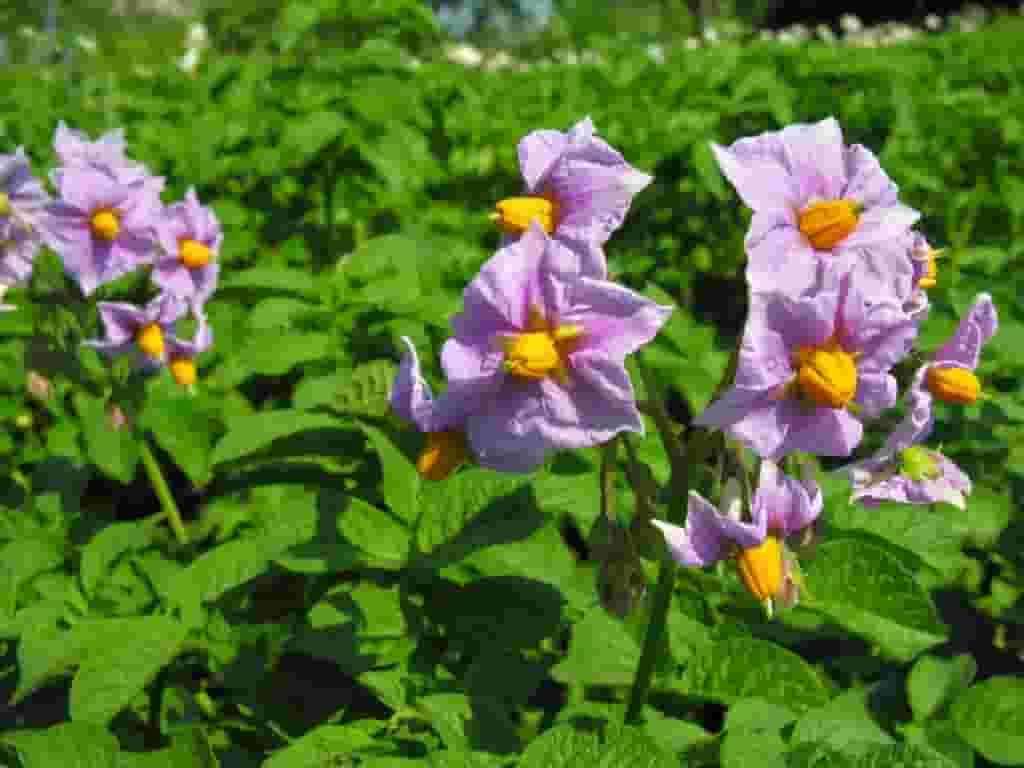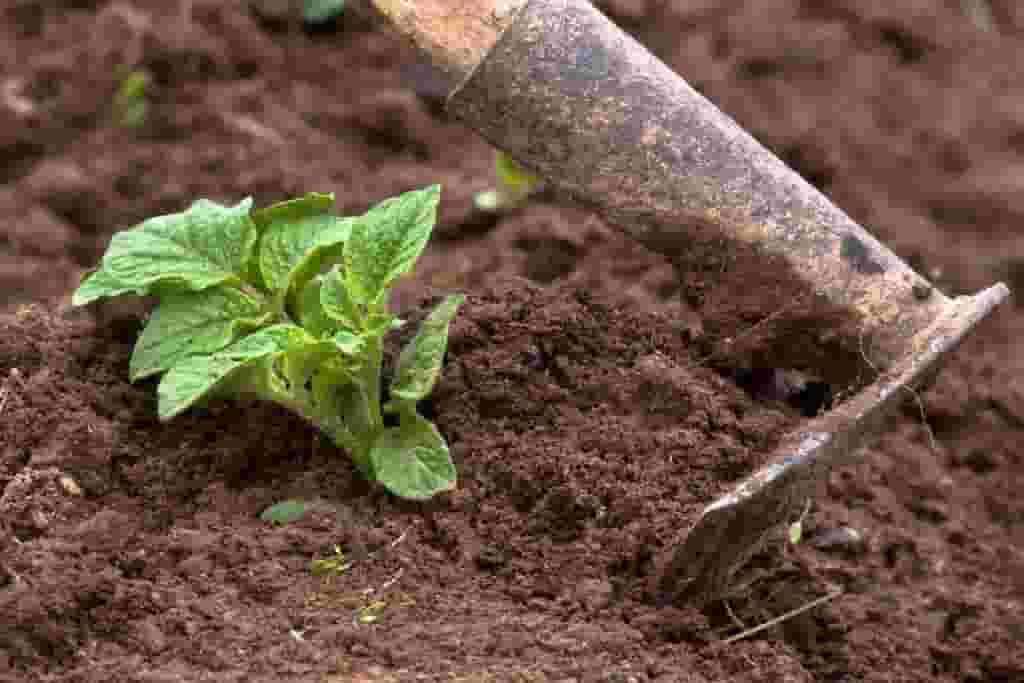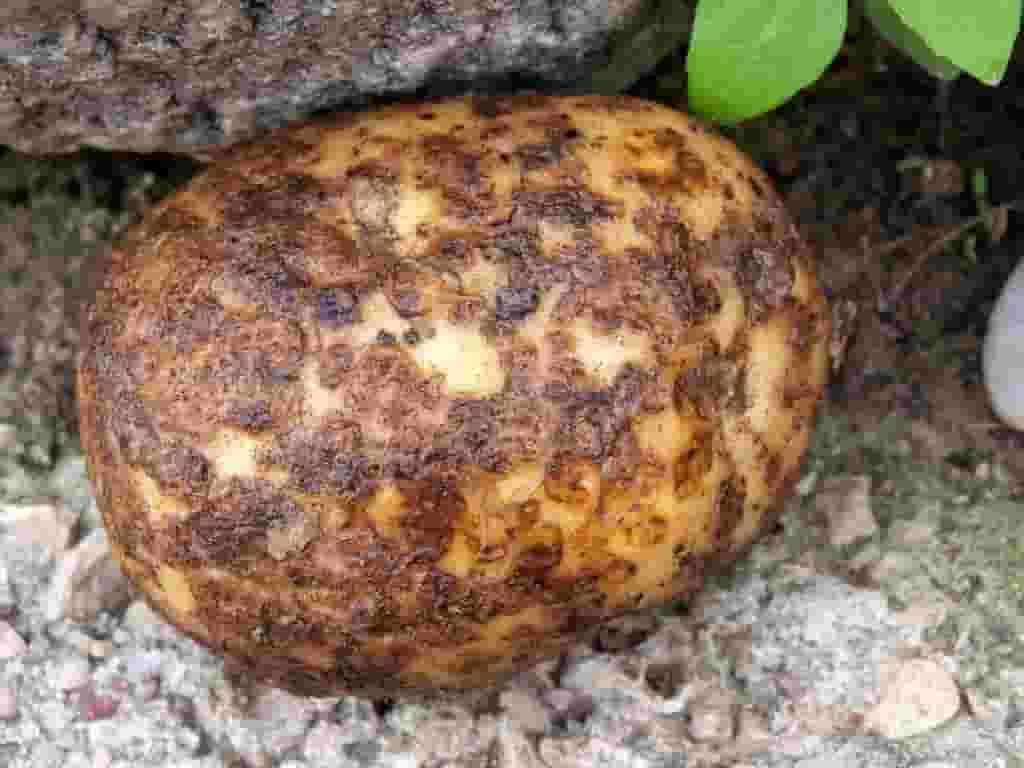Growing Potatoes
Learn How to Grow and Care for Potato Plants

Potatoes are a staple food. But have you ever wondered how to grow these hardy vegetables yourself? The taste alone is worth it!
When caring for potatoes, it is important that they are planted in well-drained soil. Potatoes need access to consistent moisture, so a regular watering routine is required.

‘Hilling’ is also required. Hilling is an agriculture technique of piling soil around the base of the plant. This should be done before the potato plant flowers, and when the plant is about one inch tall. Hilling is done to protect the potato from getting sunburnt, yes just like humans, potatoes can get sunburnt too! Hilling is required every couple of weeks to protect your potato crop.

Key pests to watch out for include – aphids, flea beetles, leaf hoppers, and potato scabs. Potato scabs, for example occur when soil has a high PH level. If you are planting seed potatoes, one way to avoid scabs is dusting them with sulfur before planting.
Harvesting and storing potatoes is the last step before they end up on your plate. When harvesting potatoes from your garden, it is important to dig out the potatoes on a dry day. It is important to dig up the potatoes gently to avoid puncturing the tubers. New potatoes will be ready for harvest after ten weeks. All potatoes should be harvested once the vines dry which is typically in late August and early September. Once harvested from the field or garden, store potatoes in a cool, dry dark place.
Growing Sweet Potatoes
The first thing to know is that sweet potatoes aren’t grown by seed, but rather ‘sips,’ which are shoots that grow from a fully grown sweet potato. A mature sweet potato can produce about 50 sips. In order to create the sip sprouts, wash the potatoes and then cut them in half.
Once cut, put each piece into its own glass jar or glass. To promote growth, place the glass or jar near an area that will provide warmth – like a window ledge with lots of sunlight. After waiting for a few weeks, your potatoes should be growing sprouts and roots. Separate the sprouts, or sips by twisting or cutting them off the potato. After a few days, the separated sips will grow roots and will be ready to plant.
In addition to growing and maintaining the sips, it’s important to prepare the soil for planting. Sweet potatoes require loose, well-drained soil. It is recommended to dig about four to five inches deep and about three inches wide. Place one sip in a hole at a time, with roots facing down. Fill up each hole, while still allowing the top half to stick out. Once the sips have been planted, they will require a good watering. Sips need to be watered every day for at least a week. Harvest will typically take place between four to six months after planting.
Growing Blue Potatoes
Blue potatoes are becoming a trend amongst ‘foodies’ and it turns out they have some health benefits too. In particular, they possess anthocyanins, which act as powerful antioxidants known for helping reduce the risk of stokes and certain types of cancer. In addition to their added health benefits, blue potatoes are deemed easier to grow as they aren’t as prone to fungal diseases. Blue potatoes are planted by seed. Happy planting!